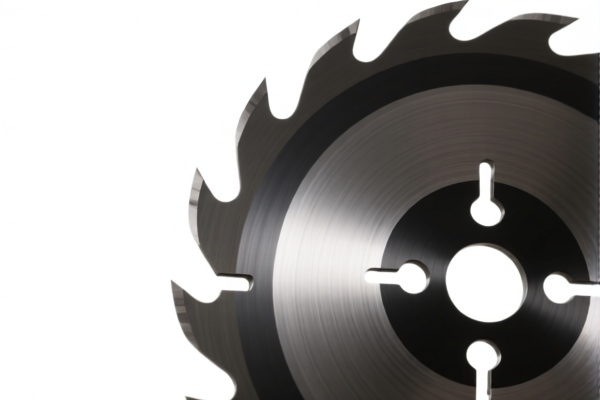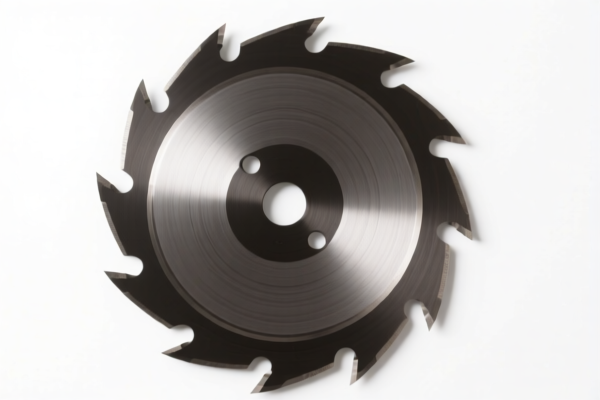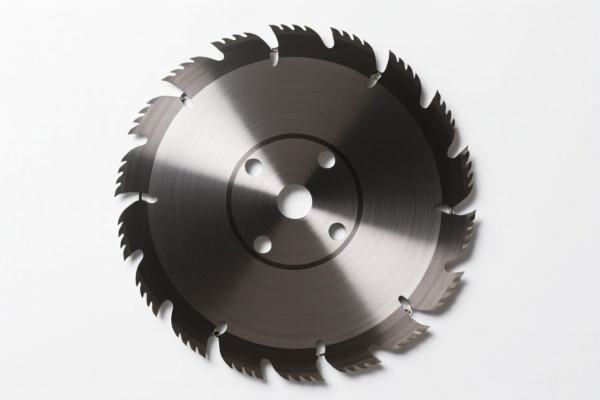| HS Code | Official Doc | Tariff Rate | Origin | Destination | Effective Date |
|---|---|---|---|---|---|
| 8201906000 | Doc | 55.0% | CN | US | 2025-05-12 |
| 8203300000 | Doc | 55.0% | CN | US | 2025-05-12 |
| 8203406000 | Doc | 58.3% | CN | US | 2025-05-12 |
| 8430690100 | Doc | 55.0% | CN | US | 2025-05-12 |
| 8431499020 | Doc | 80.0% | CN | US | 2025-05-12 |
| 8431499044 | Doc | 80.0% | CN | US | 2025-05-12 |
| 8479899599 | Doc | 57.5% | CN | US | 2025-05-12 |
| 1506000000 | Doc | 57.3% | CN | US | 2025-05-12 |
| 1518004000 | Doc | 45.5% | CN | US | 2025-05-12 |
| 1516201000 | Doc | 45.2% | CN | US | 2025-05-12 |




Weeding Machine Blade
A weeding machine blade is a cutting component used in agricultural machinery designed to remove unwanted plants (weeds) from fields, gardens, and other cultivated areas. These blades are crucial for maintaining crop health, improving yields, and reducing the need for herbicides.
Material
Weeding machine blades are commonly constructed from the following materials:
- High-Carbon Steel: Offers excellent hardness, sharpness, and wear resistance, making it suitable for demanding weeding tasks. Often used in rotary blades and general-purpose applications.
- Boron Steel: Enhanced hardness and toughness compared to standard high-carbon steel, extending blade life and reducing the frequency of replacements.
- Stainless Steel: Provides corrosion resistance, making it ideal for use in wet or humid environments. Often found in specialized blades for organic farming or sensitive crops.
- Tool Steel: Offers a combination of hardness, toughness, and wear resistance. Can be heat-treated for specific applications.
Purpose
The primary purpose of a weeding machine blade is to efficiently and effectively sever the roots and stems of weeds, thereby removing them from the soil. This process helps to:
- Reduce Competition: Eliminates competition between crops and weeds for essential resources like sunlight, water, and nutrients.
- Improve Crop Yields: By reducing weed interference, crop yields are significantly increased.
- Minimize Herbicide Use: Mechanical weeding reduces the reliance on chemical herbicides, promoting sustainable agricultural practices.
- Control Weed Propagation: Prevents weeds from seeding and spreading, reducing future weed infestations.
Function
Weeding machine blades function through various cutting actions, depending on the blade type and machine design:
- Rotary Action: Blades spin rapidly, cutting weeds at or just below the soil surface.
- Oscillating Action: Blades move back and forth in a sweeping motion, slicing through weeds.
- Reciprocating Action: Blades move up and down, cutting weeds with a chopping motion.
- Shearing Action: Blades pass closely together, similar to scissors, to cut weeds.
Usage Scenarios
Weeding machine blades are used in a wide range of agricultural settings:
- Row Crops: Used between rows of crops like corn, soybeans, cotton, and vegetables.
- Orchards & Vineyards: Used to control weeds around fruit trees and grapevines.
- Gardens: Used in both small and large gardens to maintain weed-free planting beds.
- Nurseries: Used to control weeds in plant propagation areas.
- Turf Management: Used for selective weed control in lawns and sports fields.
Common Types
Several types of weeding machine blades are available, each designed for specific applications:
- Rotary Blades: Circular blades that spin at high speed, effective for general-purpose weeding. Variations include L-shaped, straight, and scalloped blades.
- Finger Weeder Blades: Utilize flexible fingers to pull weeds out of the soil. Suitable for seedlings and delicate crops.
- Hoes/Sweep Blades: Curved blades that slice through weeds at the soil surface. Effective for larger weeds and preparing seedbeds.
- Vertical Rotary Blades (Tiller Blades): Used in tillers to chop and mix weeds into the soil.
- C-Blades: Curved blades designed for aggressive weeding and soil cultivation.
- Counter Blades: Used in conjunction with other blades to create a shearing action for more efficient cutting.
- Spring Steel Blades: Flexible blades used for weeding around plants without causing damage.
Based on the provided information, the following HS codes may be relevant to “weeding machine blade”:
- 8201906000: This HS code covers “Other handtools of a kind used in agriculture, horticulture or forestry, and parts thereof: Other”. This is a broad category encompassing various agricultural tools and their components. A weeding machine blade, if considered a hand tool component, could fall under this classification. The total tax rate is 55.0%, comprised of a 0.0% base tariff and a 25.0% additional tariff, increasing to 30.0% after April 2, 2025.
- 8203300000: This HS code covers “Files, rasps, pliers (including cutting pliers), pincers, tweezers, metal cutting shears, pipe cutters, bolt cutters, perforating punches and similar handtools, and base metal parts thereof: Metal cutting shears and similar tools, and parts thereof”. If the weeding machine blade functions as a cutting tool, it may be classified here. The total tax rate is 55.0%, with a 0.0% base tariff and a 25.0% additional tariff, increasing to 30.0% after April 2, 2025.
- 8203406000: This HS code covers “Files, rasps, pliers (including cutting pliers), pincers, tweezers, metal cutting shears, pipe cutters, bolt cutters, perforating punches and similar handtools, and base metal parts thereof: Pipe cutters, bolt cutters, perforating punches and similar tools, and parts thereof: Other (including parts)”. This is a more specific category for cutting tools and their components. The total tax rate is 58.3%, consisting of a 3.3% base tariff and a 25.0% additional tariff, increasing to 30.0% after April 2, 2025.
- 8430690100: This HS code covers “Other moving, grading, leveling, scraping, excavating, tamping, compacting, extracting or boring machinery, for earth, minerals or ores; pile-drivers and pile-extractors; snowplows and snowblowers: Other machinery, not self-propelled: Other”. If the weeding machine is a type of non-self-propelled machinery, the blade as a component might fall under this classification. The total tax rate is 55.0%, with a 0.0% base tariff and a 25.0% additional tariff, increasing to 30.0% after April 2, 2025.
- 8479899599: This HS code covers “Machines and mechanical appliances having individual functions, not specified or included elsewhere in this chapter; parts thereof: Other machines and mechanical appliances: Other: Other Other”. If the weeding machine is considered a specialized machine not falling under other categories, the blade as a component could be classified here. The total tax rate is 57.5%, consisting of a 2.5% base tariff and a 0.0% additional tariff, increasing to 30.0% after April 2, 2025, plus a 25% additional tariff on steel or aluminum products.
It is important to note that the final classification will depend on the specific characteristics and function of the weeding machine blade.
Customer Reviews
No reviews yet.